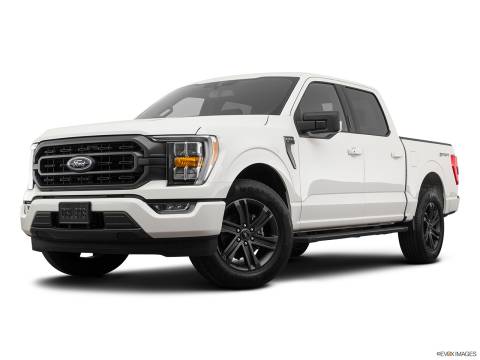If I were in front of a group of "everyday drivers" and ask: "Who enjoys doing safe snow drifting on your street once a while?". If not all, most of the people will raise their hand. It is fun, but not all the time. Not when you are driving next to someone else, or when something may scratch your car or even when something dangerous may occur. My intention today is to remember us all the importance of analyzing a snowy road in front of you before going through it with your car.
The Winter Tire Design is "on Your Side"
Winter tires are designed with a clear purpose: optimizing the control of the vehicle and ensuring the most optimal road grip possible, during winter conditions. But winter tires are not magical. While the tire's thread pushes away the snow with the purpose of helping the rubber get as thick as possible until there is actual contact with the surface, there is always a limit.
Snow is sometimes fresh and soft, packed, melted, "melted and then frozen"... multiple conditions can affect how the tires react to it. Keep it in mind. Although it is one of those situations that is hard to explain, after you spend your first winter in Canada, I guarantee you that you will have an obvious idea of how a winter day compares to other.
Understand the Road first, then Optimize the Grip
I drive a lot in narrow roads with a wide SUV, so somehow I have to deal with very tight situations, mostly during winter. But basically, it applies to all kind of roads: highways, streets, corners, bridges and I think we could exclude tunnels (we all know why).
The key is to understand where your winter tires will generate the most grip and, as a result, you will maintain the control of your vehicle. Although you "may think" it is OK to go on top of a specific amount of snow, it is not a good idea to figure out you are in a difficult situation once you are on top of it.
In the following infographic, you can have an idea of what to expect by just overseeing the color of the snow/surface ahead of you:

Assume 100% to be the traction your tires deliver when there is no snow or water on the road surface.
Winter Driver Survival Guide
If you want to read more about my "winter driving bits of advice," I invite you to read my Winter Driver Survival Guide. It is never too late to learn how to deal with the Canadian roads from December to March.

























